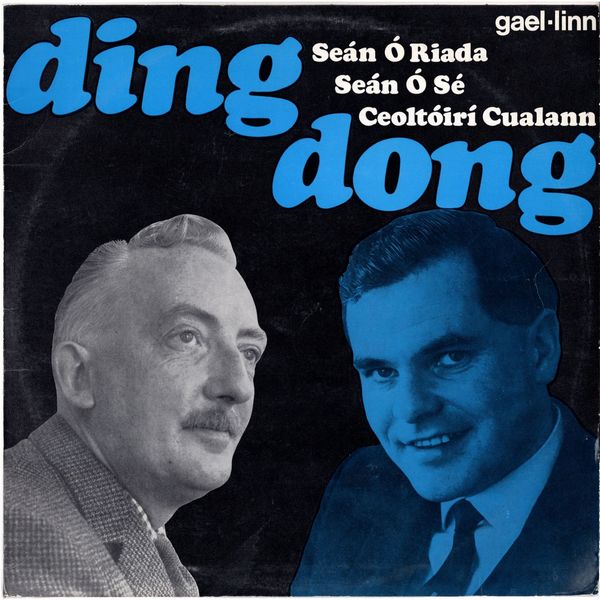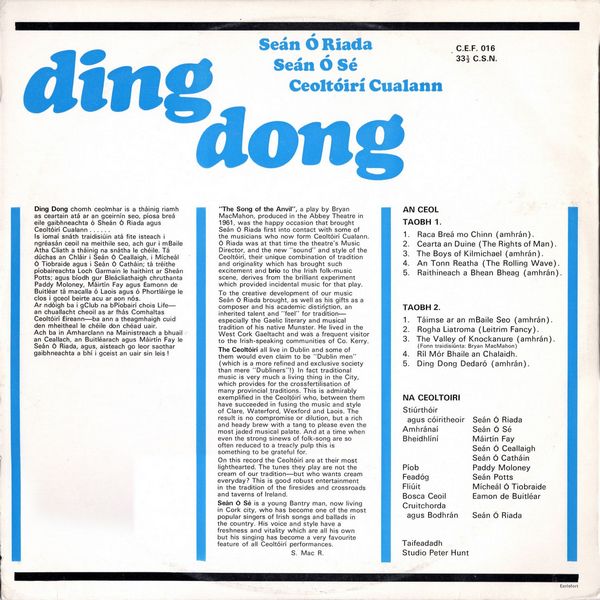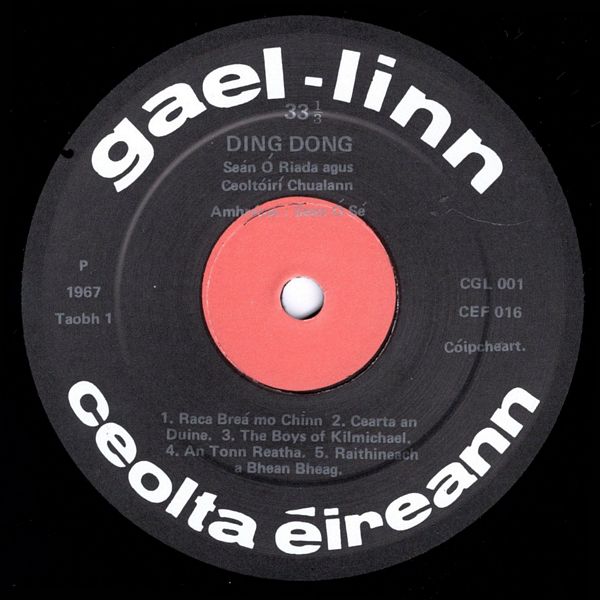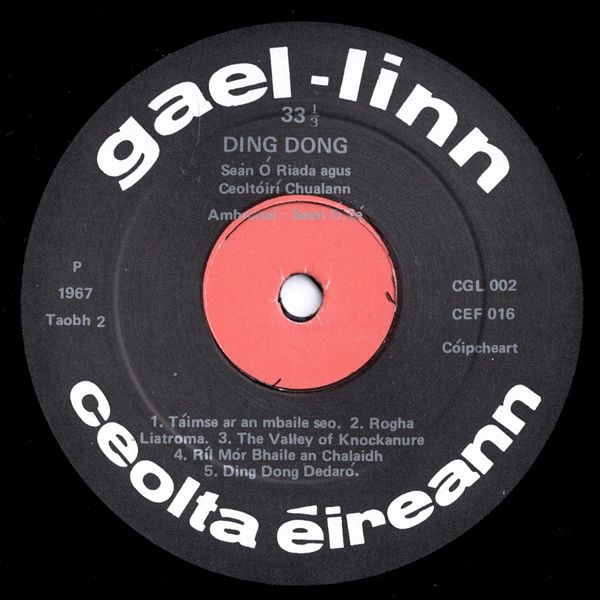

 |



|
Sleeve Notes
"The Song of the Anvil", a play by Bryan MacMahon, produced in the Abbey Theatre in 1961, was the happy occasion that brought Seán Ó Riada first into contact with some of the musicians who now form Ceoltóirí Cualann. Ó Riada was at that time the theatre's Music Director, and the new "sound" and style of the Ceoltóirí, their unique combination of tradition and originality which has brought such excitement and brio to the Irish folk-music scene, derives from the brilliant experiment which provided incidental music for that play. To the creative development of our music Seán Ó Riada brought, as well as his gifts as a composer and his academic distinction, an inherited talent and "feel" for tradition — especially the Gaelic literary and musical tradition of his native Munster. He lived in the West Cork Gaeltacht and was a frequent visitor to the Irish-speaking communities of Co. Kerry.
The Ceoltóirí all live in Dublin and some of them would even claim to be "Dublin men" (which is a more refined and exclusive society than mere "Dubliners"!) In fact traditional music is very much a living thing in the City, which provides for the cross-fertilisation of many provincial traditions. This is admirably exemplified in the Ceoltóirí who, between them have succeeded in fusing the music and style of Clare, Waterford, Wexford and Laois. The result is no compromise or dilution, but a rich and heady brew with a tang to please even the most jaded musical palate. And at a time when even the strong sinews of folk-song are so often reduced to a treacly pulp this is something to be grateful for.
On this record the Ceoltóirí are at their most light-hearted. The tunes they play are not the cream of our tradition — but who wants cream everyday? This is good robust entertainment in the tradition of the firesides and crossroads and taverns of Ireland.
Seán Ó Se is a young Bantry man, now living in Cork city, who has become one of the most popular singers of Irish songs and ballads in the country. His voice and style have a freshness and vitality which are all his own but his singing has become a very favourite feature of all Ceoltóirí performances.
S. Mac R.